Emblems Page #2
This page lists all the various symbols in the Emblems category.
An emblem is an abstract or representational pictorial image that represents a concept, like a moral truth, or an allegory, or a person, like a king or saint.
Although words emblem and symbol are often used interchangeably, an emblem is a pattern that is used to represent an idea or an individual. An emblem crystallizes in concrete, visual terms some abstraction: a deity, a tribe or nation, or a virtue or vice.
Symbols in this category:
Baxters 150th Anniversary Tartan
When one thinks of Scotland, many iconic images come to mind; rolling green hills, ancient castles, and Nessie swimming in her loch.
BDSM Emblem
BDSM is a variety of erotic practices or roleplaying involving bondage, dominance and submission, sadomasochism, and other interpersonal dynamics.
Beckoning Cat
The famous image of the Maneki Neko or “beckoning cat” is an easily recognizable symbol of Chinese and Japanese culture.
Beren Heraldic Device
Heraldic device of Beren the Renowned, a character from J.R.R. Tolkien’s Middle-Earth.
Betar
The Betar Movement (Hebrew: בית"ר, also spelled Beitar) is a Revisionist Zionist youth movement founded in 1923 in Riga, Latvia, by Vladimir (Ze'ev) Jabotinsky.
Bridgeville United Church Tartan
When one thinks of Scotland, many iconic images come to mind; rolling green hills, ancient castles, and Nessie swimming in her loch.
Coat of arms of Albania
The coat of arms of Albania is an adaptation of the flag of Albania. It is based on the seal of Gjergj Kastriot Skanderbeg. The emblem above the head of the two-headed eagle is the helmet of Skanderbeg, surmounted with billy goats' horns.
The emblem has dimensions of 1:1.5. It is sometimes considered to violate the rule of tincture, because in English and French heraldry, sable (black) is considered a colour, whereas elsewhere it is often considered a fur.
Coat of Arms of Andorra
The coat of arms of Andorra has existed for centuries. This coat of arms has been the national coat of arms of Andorra since 1969. Below the shield arms stands Andorra's national motto Virtus Unita Fortior (Latin for United virtue is stronger). The coat of arms also appears on the flag of Andorra.
Coat of arms of Antigua and Barbuda
The coat of arms of Antigua and Barbuda was designed in 1966 by Gordon Christopher. It was officially introduced on 16 February 1967. The symbolism of the arms is more complex than that found on the Flag of Antigua and Barbuda, but many elements are similar.
Coat of arms of Argentina
The coat of arms of Argentina (Spanish: Escudo de la República Argentina) was established in its current form in 1944, but has its origins in the seal of the General Constituent Assembly of 1813. It is supposed that it was chosen quickly because of the existence of a decree signed on February 22 sealed with the symbol. The first mention of it in a public document dates to March 12 of that same year, in which it is stated that the seal had to be used by the executive power, that is, the second triumvirate. On April 13 the National Assembly coined the new silver and gold coins, each with the seal of the assembly on the reverse, and on April 27 the coat of arms became a national emblem. Although the coat of arms is not currently shown on flags, the Buenos Aires-born military leader Manuel Belgrano ordered to paint it over the flag he gave to the city of San Salvador de Jujuy, and during the Argentine War of Independence most flags had the coat of arms.
Coat of arms of Australia
The coat of arms of Australia (formally known as Commonwealth Coat of Arms) is the official symbol of Australia. The initial coat of arms was granted by King Edward VII on 7 May 1908, and the current version was granted by King George V on 19 September 1912, although the 1908 version continued to be used in some contexts, notably appearing on the sixpenny coin until 1966.
Coat of arms of Austria
The current coat of arms of Austria, albeit without the broken chains, has been in use by the Republic of Austria since 1919. Between 1934 and the German annexation in 1938 Austria used a different coat of arms, which consisted of a double-headed eagle. The establishment of the Second Republic in 1945 saw the return of the original (First Republic) arms, with broken chains added to symbolise Austria's liberation.
Coat of arms of Bahamas
The Coat of Arms of the Bahamas contains a shield with the national symbols as its focal point.
Citation
Use the citation below to add this symbols category to your bibliography:
Style:MLAChicagoAPA
"Emblems Symbols." Symbols.com. STANDS4 LLC, 2024. Web. 21 Dec. 2024. <https://www.symbols.com/category/6/Emblems>.








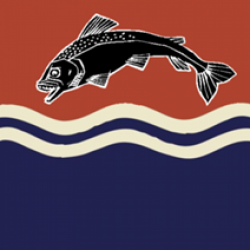
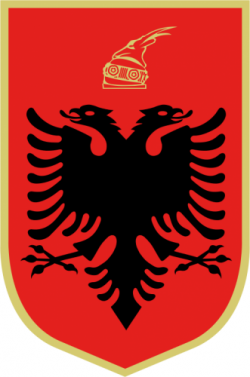

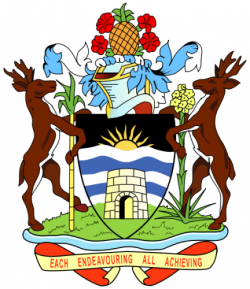
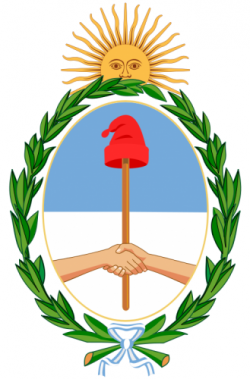

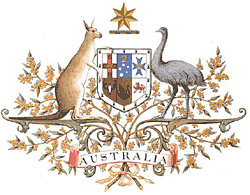

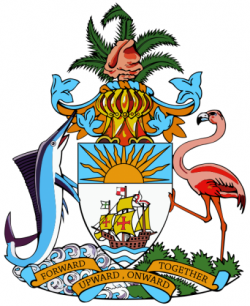
Have a discussion about the Emblems category with the community:
Report Comment
We're doing our best to make sure our content is useful, accurate and safe.
If by any chance you spot an inappropriate comment while navigating through our website please use this form to let us know, and we'll take care of it shortly.
Attachment
You need to be logged in to favorite.
Log In